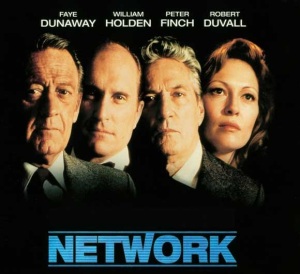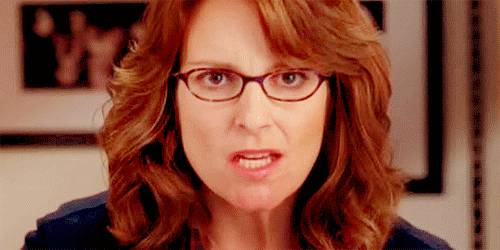When I tell people I’m a journalism major, things usually get a little awkward.
There’s a pause, and maybe a fleeting expression of surprise. They smile politely. “That’s interesting!” they say, or maybe, “You must really like writing then!”
Yes, it is interesting, and yes, I really do like writing. And while I appreciate your efforts to be polite, I definitely see through your attempts at pleasantries. When you’re complimenting my writing or feigning interest in the field, I know all the things you’re really thinking:
Journalism? Does anyone even read the paper anymore?
Or maybe:
Print is dead. How are you going to get a job?
I don’t blame you for thinking that. It’s not hard to find arguments about how newspapers are dying out. Personally, I agree that the traditional, physical newspaper is on its way out, but I don’t think that it will completely disappear any time soon. However, I am bothered when people react to my major this way because it implies that they believe newspapers are the only form of journalism out there, which couldn’t be further from the truth. This brings me to the most important thing I learned this semester:
Journalism isn’t dying. It’s evolving.
As our world changes, especially as technology advances and becomes a more and more prominent feature of our daily lives, journalism too must change. Here are a few key changes I see happening (or hope to see happening) in journalism’s near-future.
1. More news sources and medium variety
As the significance of print journalism falls back, other media will rise up to take its place. The news will continue to be broadcast on TV, and written content will move to be entirely online. Social media news reporting and sharing will increase as well. The emphasis on online and video content will help to make journalism a more interactive and involving experience for the public.
2. Increased media accountability and the return to “real” news
One thing I absolutely hate about modern journalism is how it often moves away from hard news and informing the public about what is truly important into areas more suited for gossip magazines than formal reporting. (For example – I see this a lot in political reporting, when female candidates for office are asked more about their hair or their children than they are about their position on the issues.) The public is growing tired of this trend and is starting to demand better from journalists. We’re going to start holding the media more accountable for the way they shape and frame news, which in turn is going to give us a more unbiased, “real” form of journalism.
[Side note – if you haven’t seen the speeches from this week’s White House Correspondents dinner, please do. The speeches from President Obama and Cecily Strong (of SNL) weren’t just funny; they addressed a number of issues about how the public views journalism and the media as they pertain to politics and beyond.]
3. More citizen journalism
Twitter has been the champion of citizen journalism thus far, allowing anyone to “report” on events in real-time as they unfold through tweets. The more people who express interest in current events on platforms like Twitter, the more others will be encouraged to become “citizen journalists” online. Admittedly too many voices can be confusing, but I think great interest is better than great apathy. Plus, more views can give us a more complete picture of an issue.
So when I tell people I’m going to school for journalism and they give me that look that says they feel sorry for me, I know they are just falling into that fatal false assumption that journalism is nothing without print. While journalism as we know it may have gotten its start in print, it’s more than just newspapers.
As technology expands we will continue to find new ways to report and deliver information to the public, responding to a demand for news that will never die. Maybe it’s because I’m a bit of an optimist, but I see a lot of potential for journalism to be the phoenix story in my generation.
From the ashes of print, journalism will rise, stronger, more important, and more beautiful than ever.








 The basic premise of this character type can be summed up in one sentence: “Only you,
The basic premise of this character type can be summed up in one sentence: “Only you,  The scene’s humor comes from the audience’s recognition of the common character tropes on television, but this brings us to another question: if we recognize the characters on our favorite TV programs are often essentially the same, why do we continue to watch them?
The scene’s humor comes from the audience’s recognition of the common character tropes on television, but this brings us to another question: if we recognize the characters on our favorite TV programs are often essentially the same, why do we continue to watch them?























